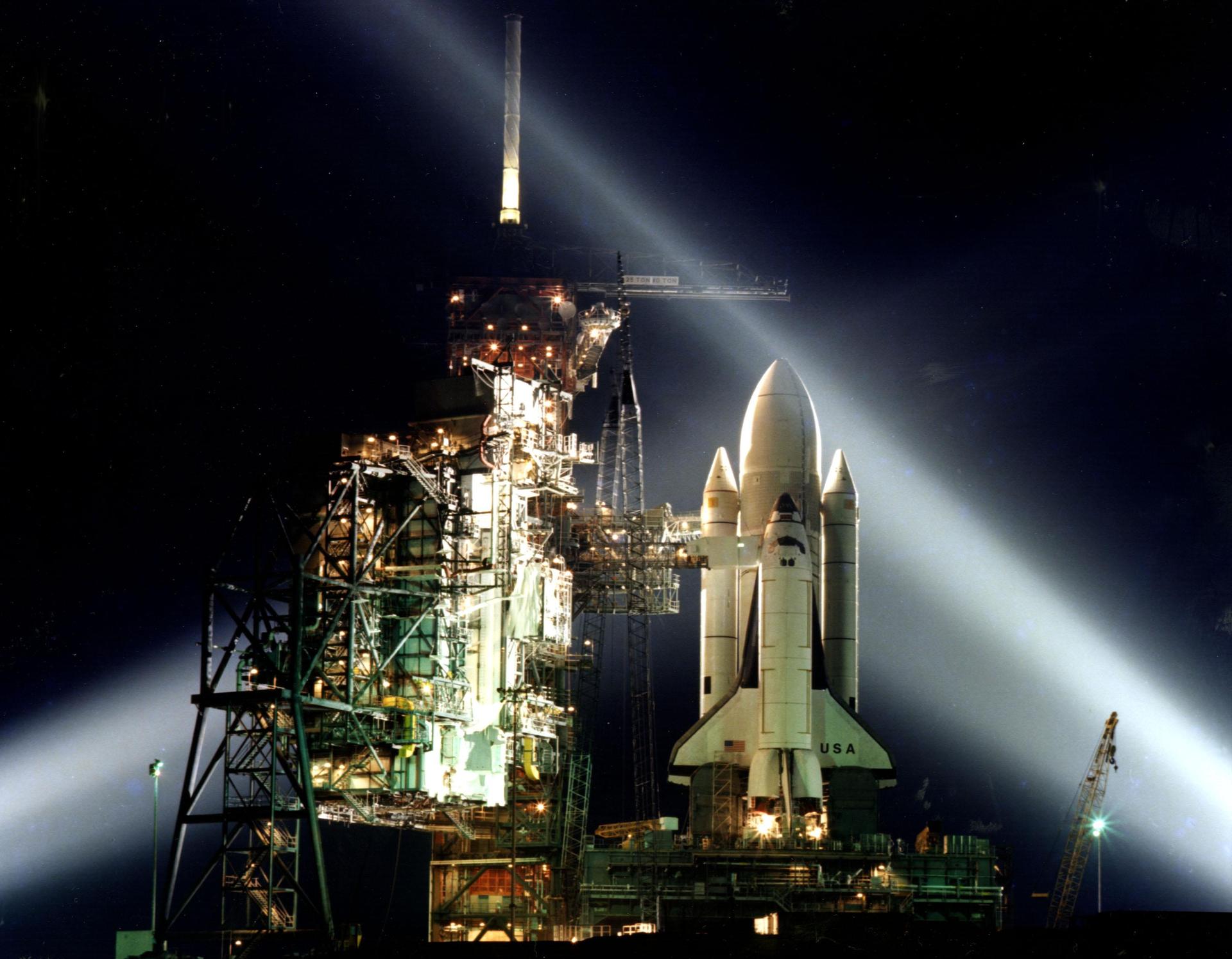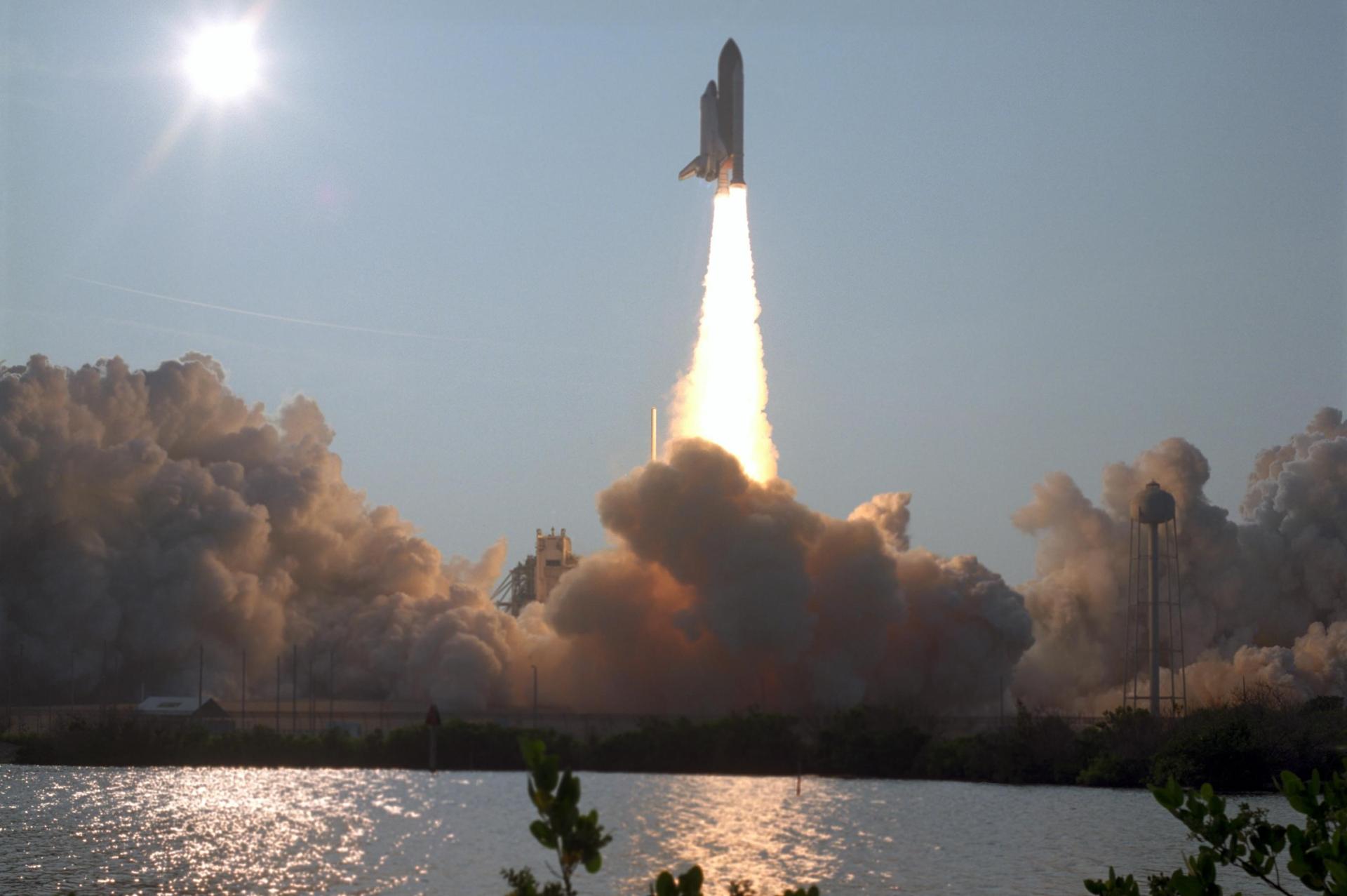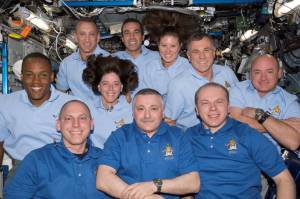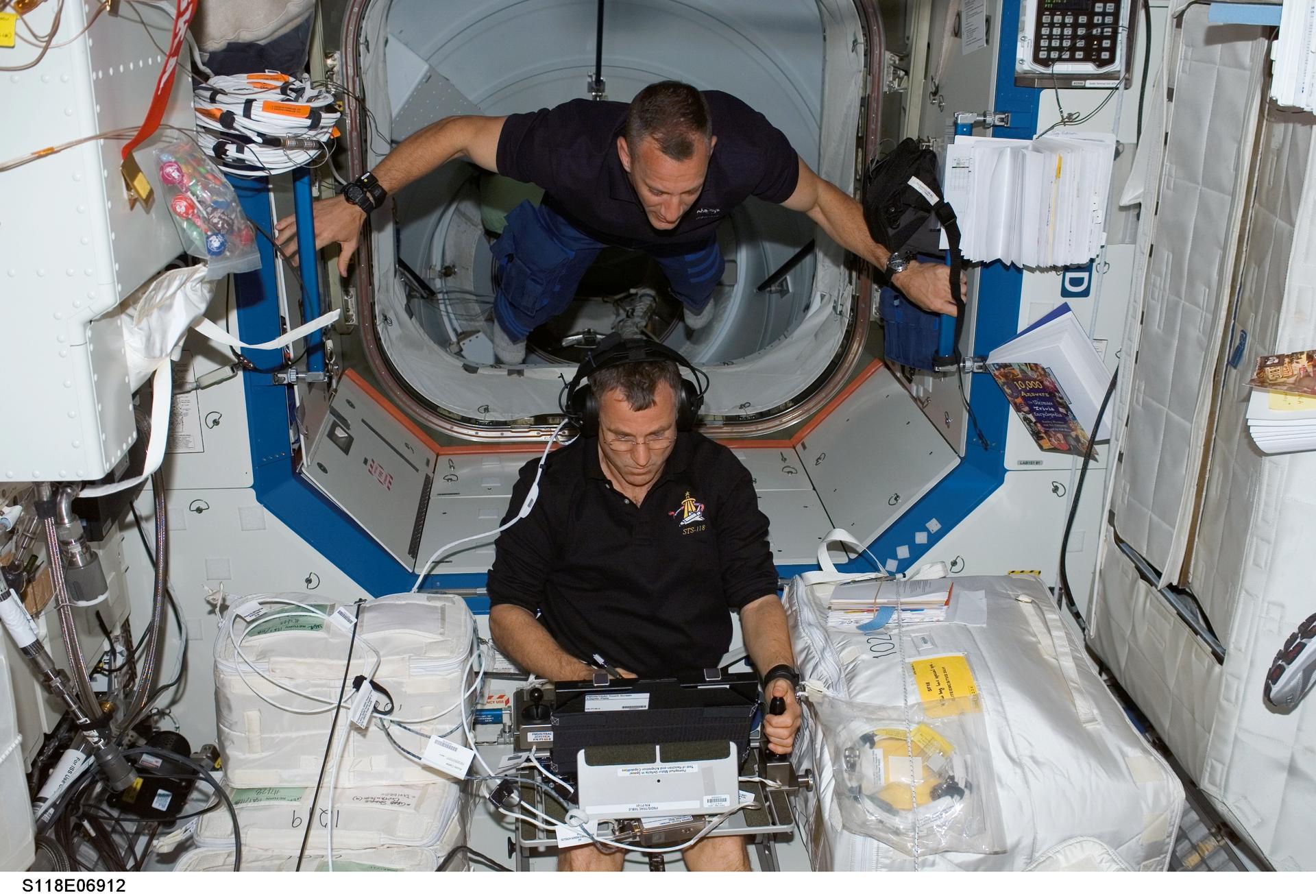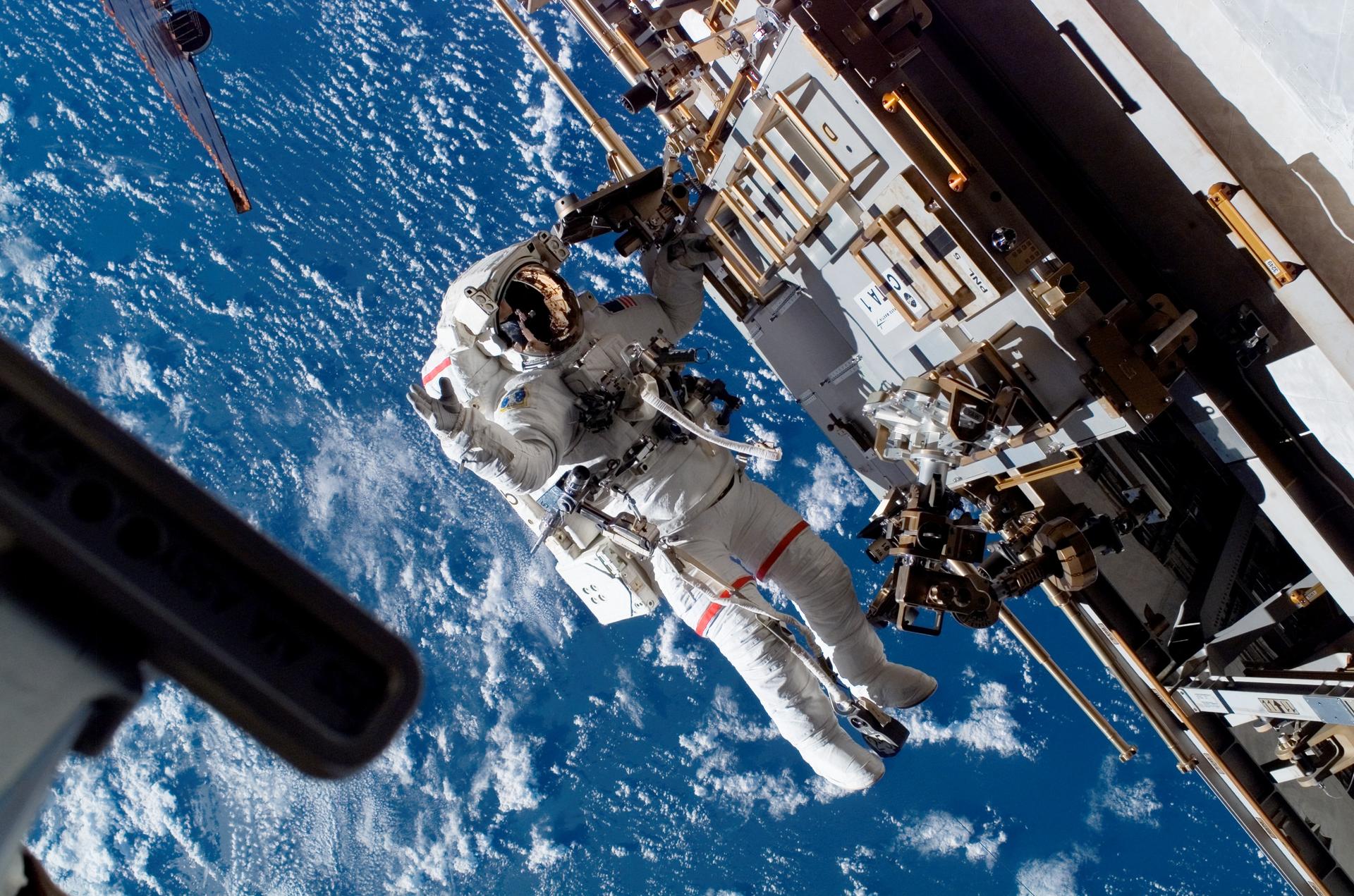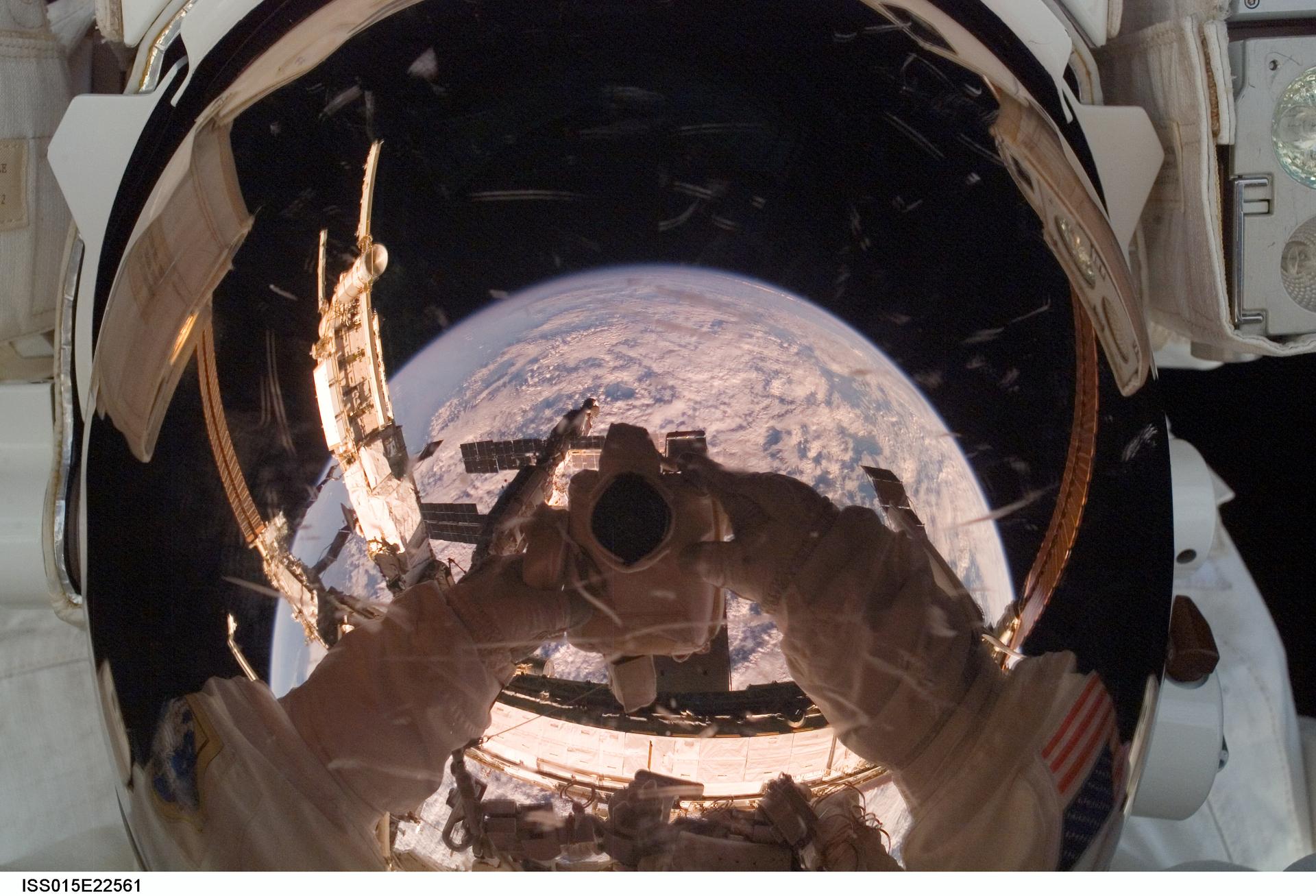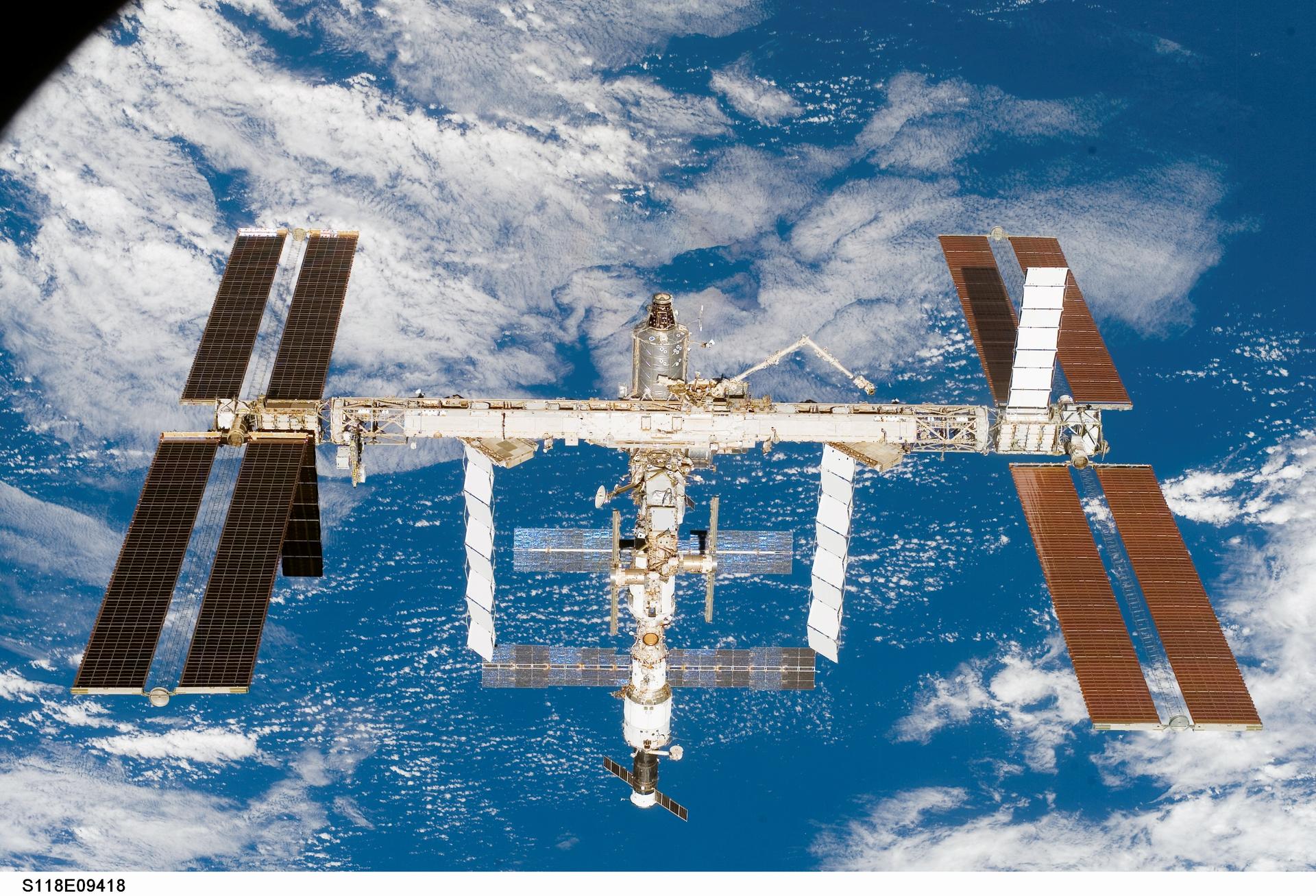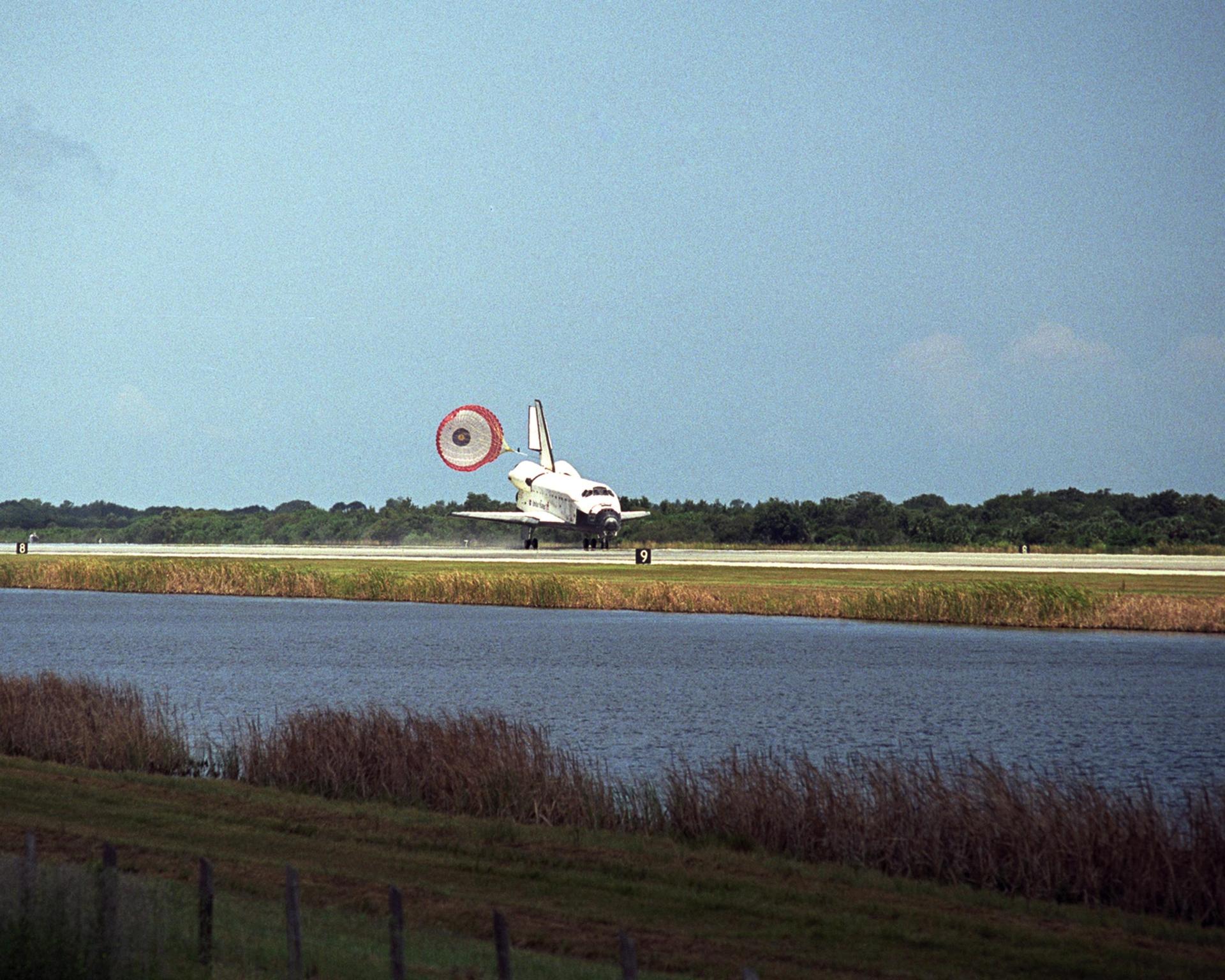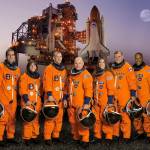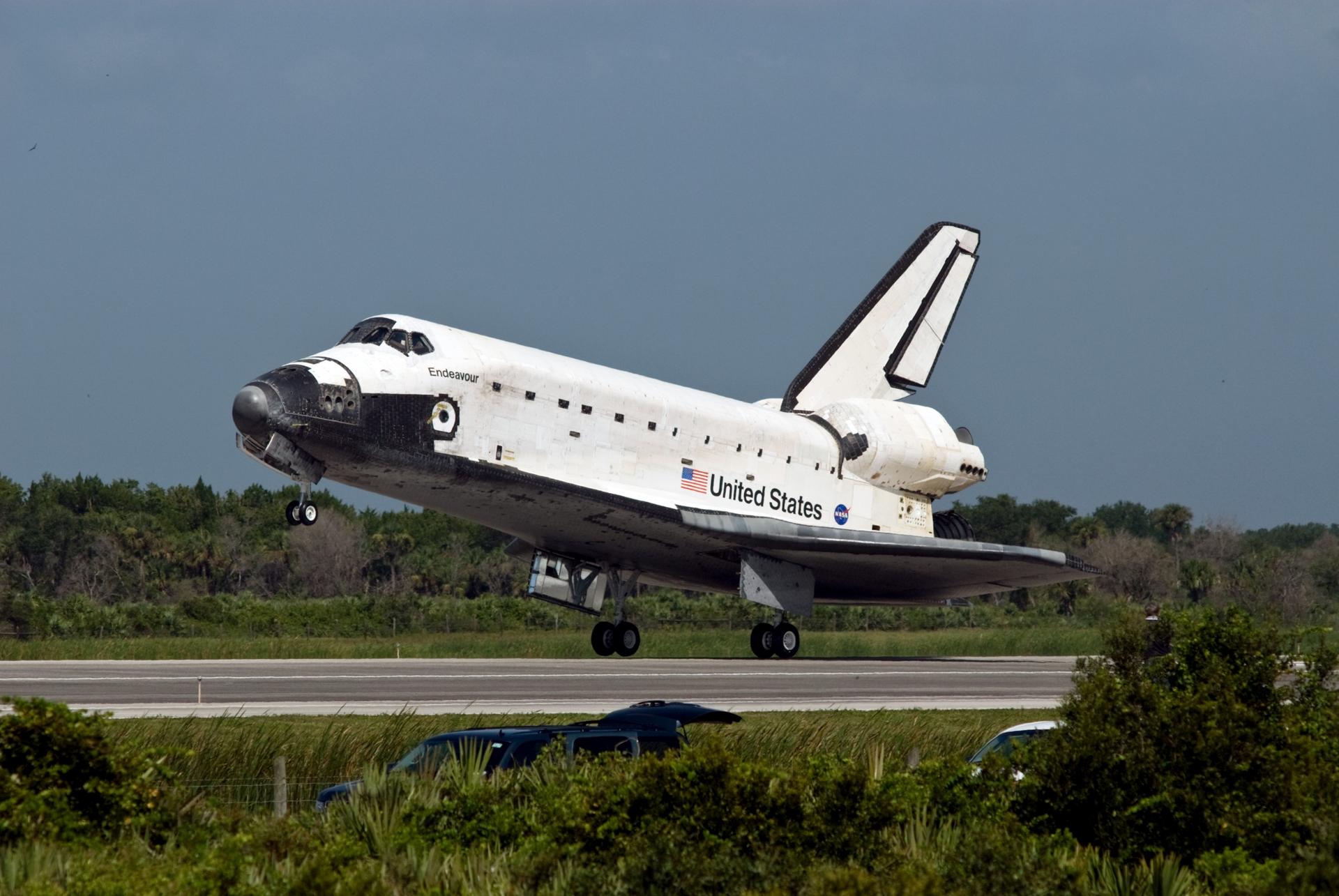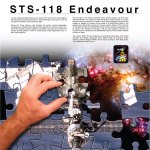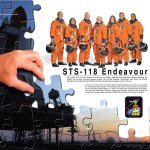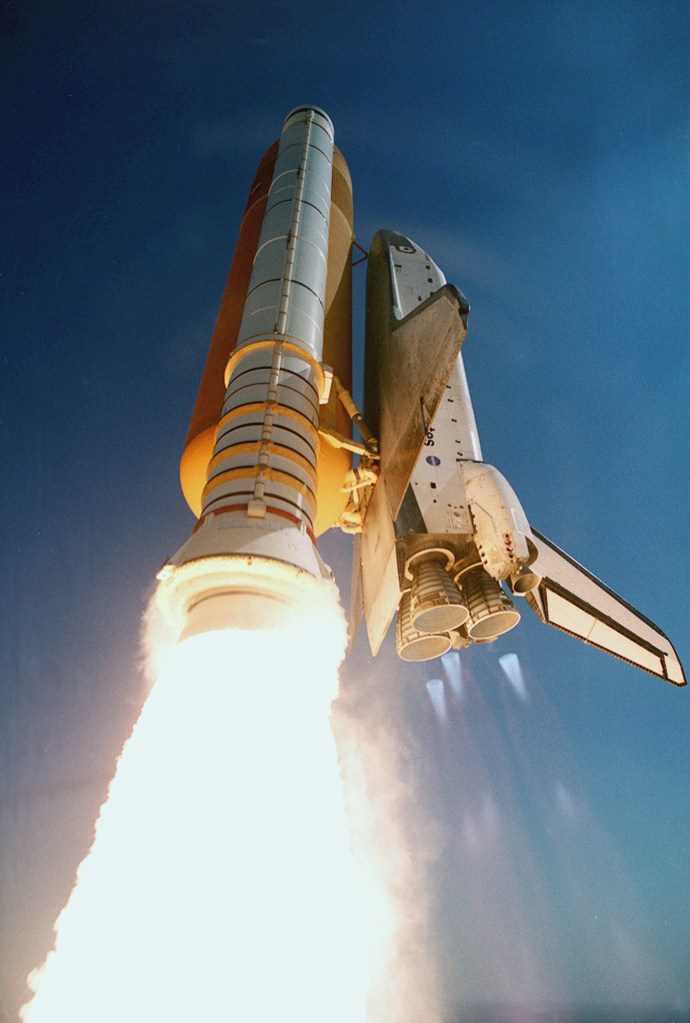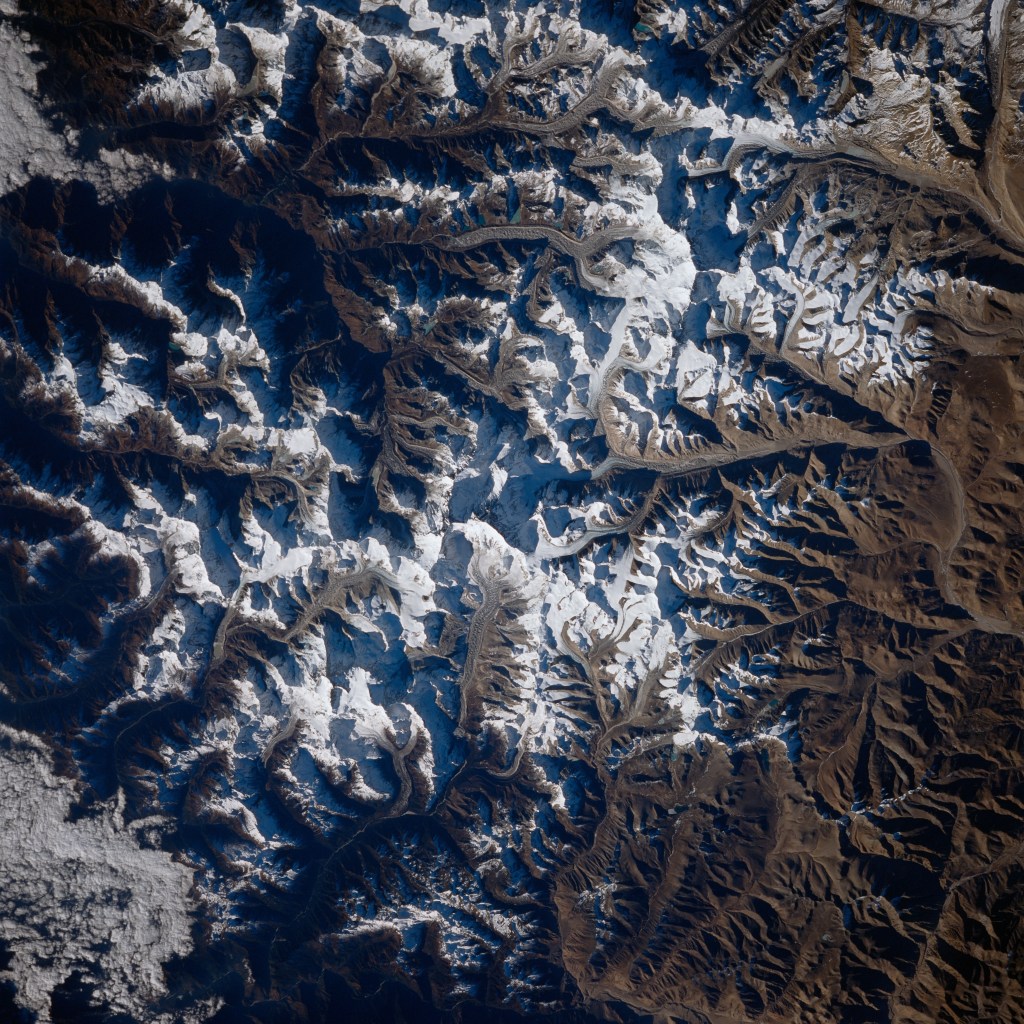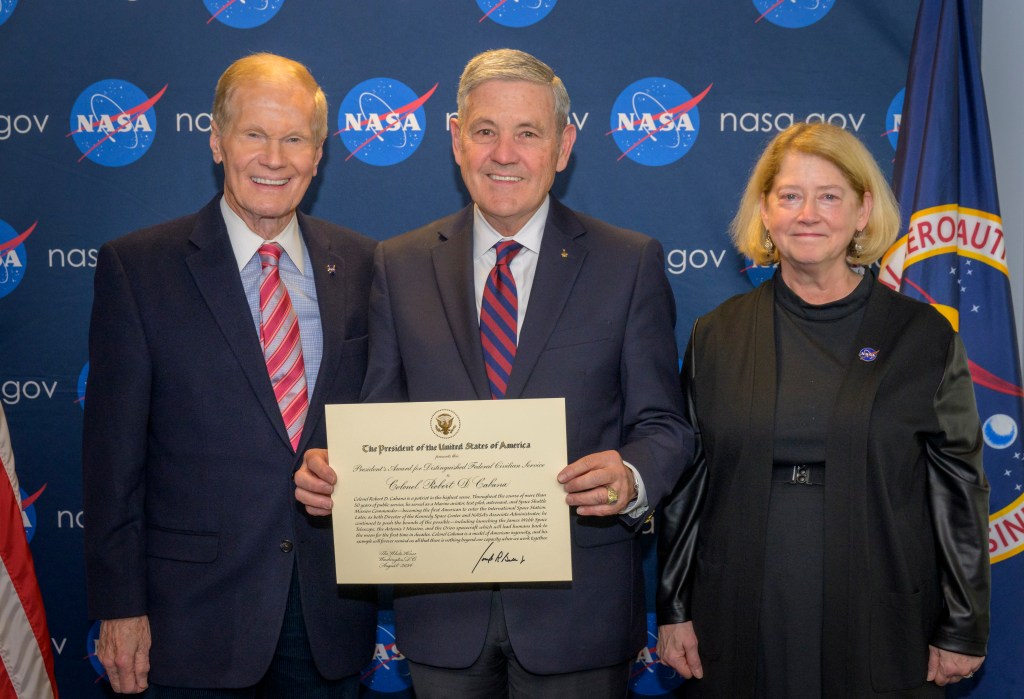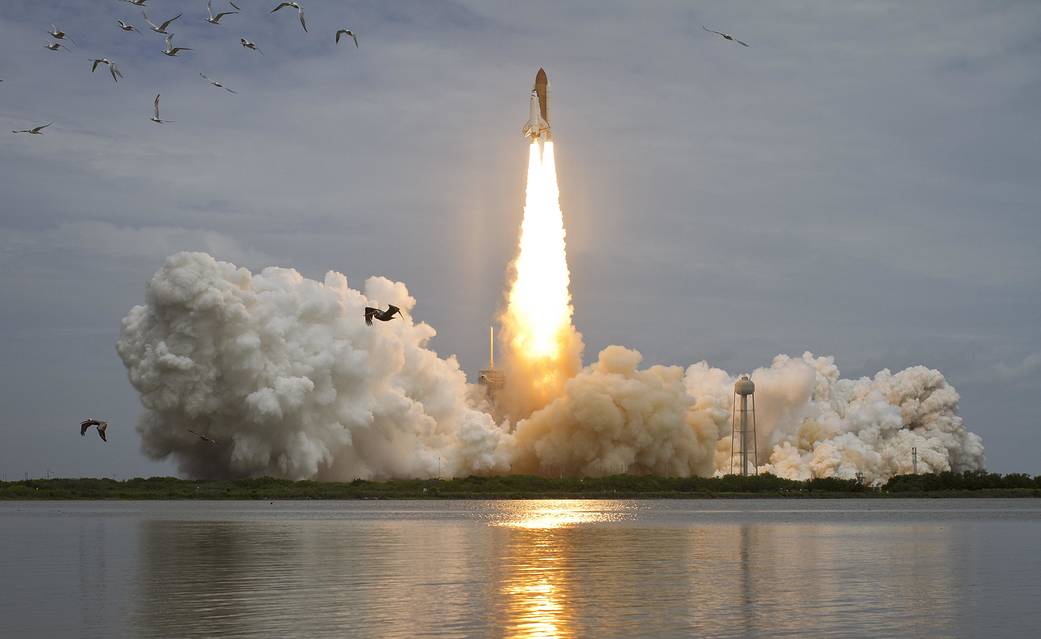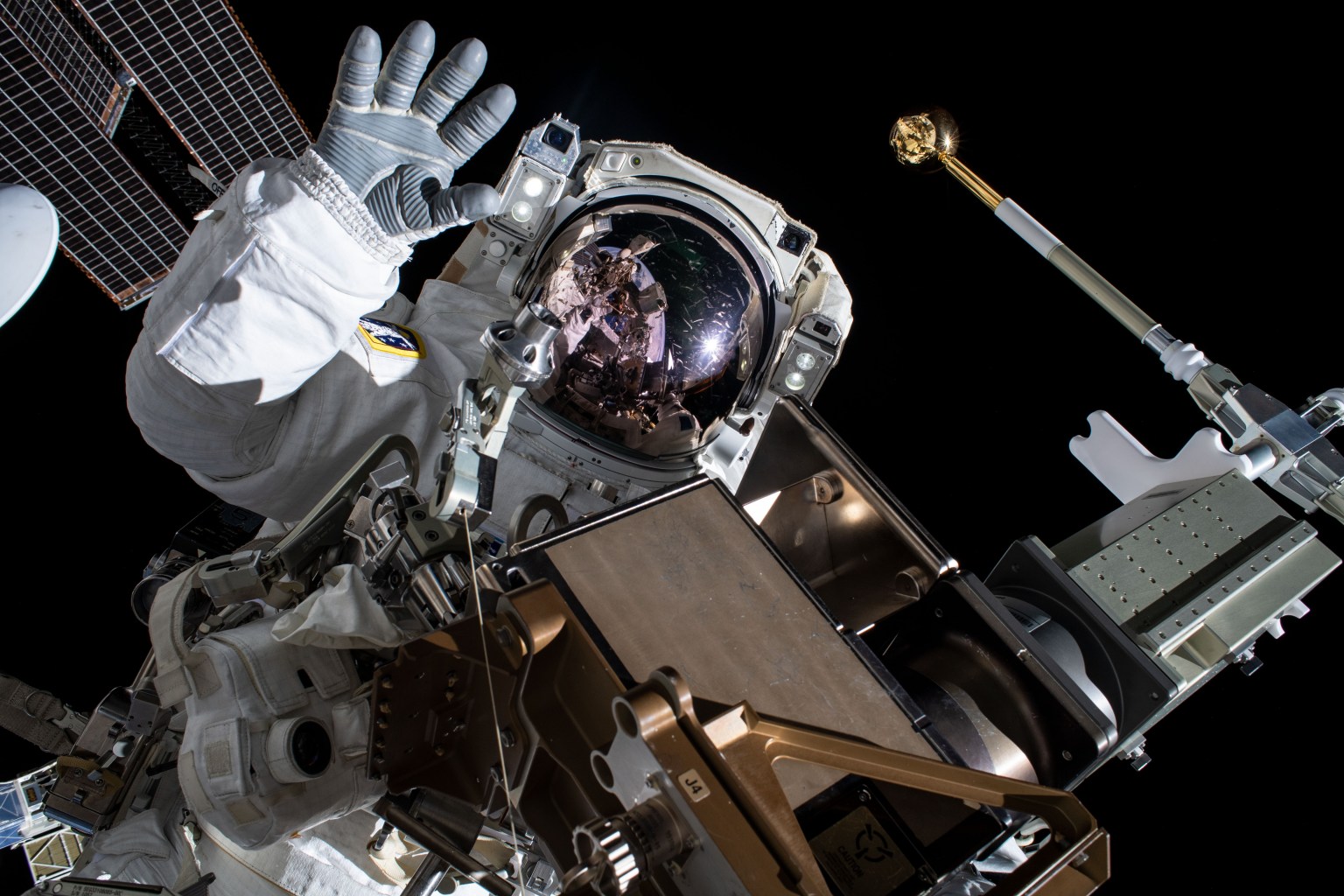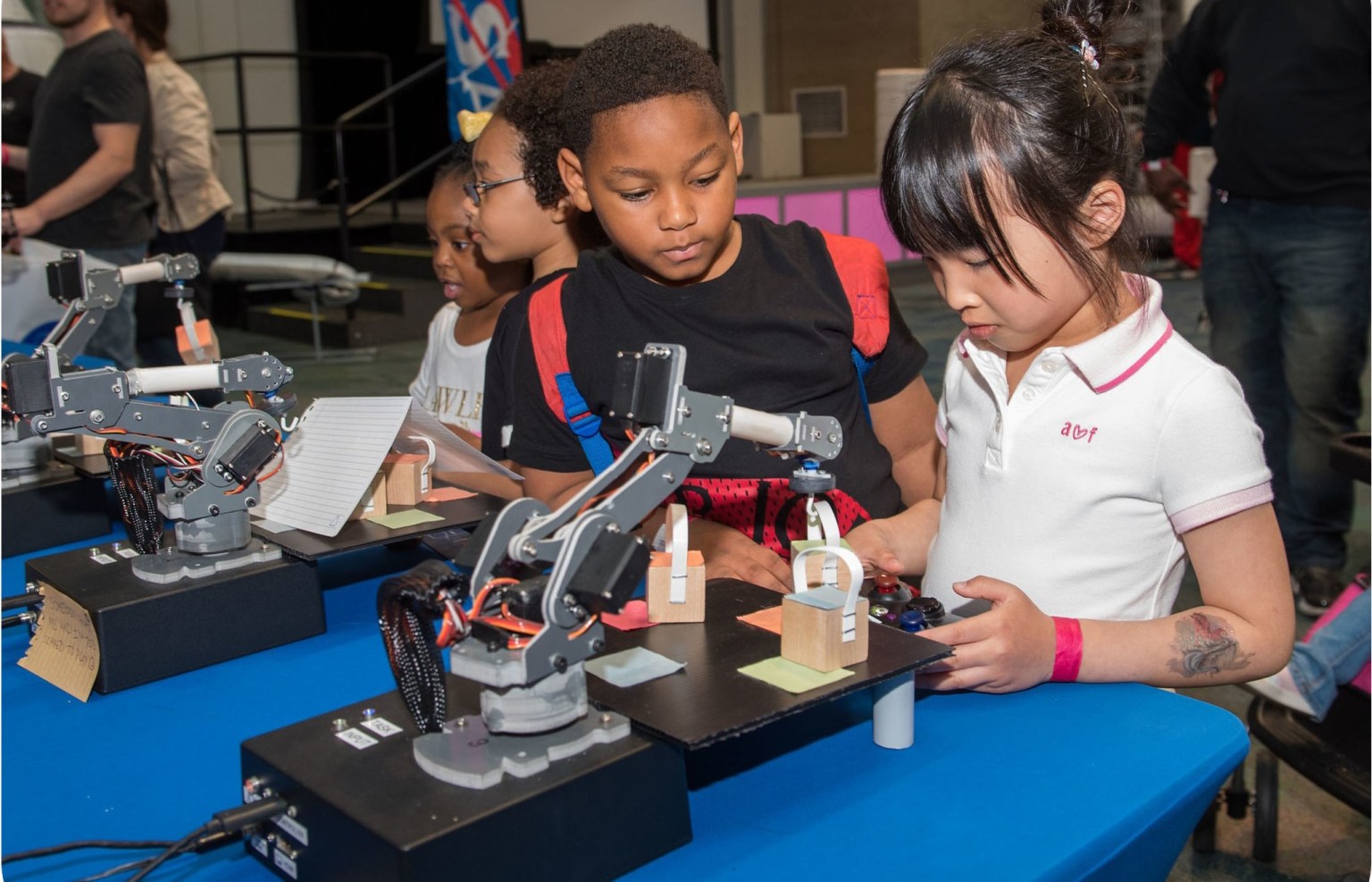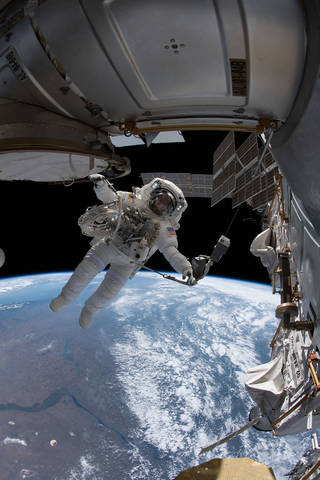
STS-118
The 22nd shuttle flight to the International Space Station.
orbiter
mission duration
Launch
Landing

Mission Facts
Mission: International Space Station Assembly Flight 13A.1
Space Shuttle: Endeavour
Launch Pad: 39A
Launched: Aug. 8, 2007, 6:36 p.m. EDT
Landing Site: Kennedy Space Center, Fla.
Landing: Aug. 21, 2007, 12:32 p.m. EDT
Runway: 15
Revolution: 201
Mission Duration: 12 days, 17 hours, 55 minutes and 34 seconds
Main Gear Touchdown: 12:32:16 p.m. EDT
Nose Gear Touchdown: 12:32:29 p.m. EDT
Wheel Stop: 12:33:20 p.m. EDT
Miles Traveled: 5.3 million
Crew
Scott Kelly, commander (2nd shuttle flight)
Charlie Hobaugh, pilot (2nd)
Dave Williams, mission specialist (2nd)
Barbara R. Morgan, mission specialist (1st)
Rick Mastracchio, mission specialist (2nd)
Tracy Caldwell-Dyson, mission specialist (1st)
Alvin Drew, mission specialist (1st)
Launch
Aug. 8, 2007, at 6:36 p.m. EDT.
Launch was on time and Endeavour lifted off into an early evening sky before sunset. Endeavour carried a crew of seven, including teacher-turned-astronaut Barbara R. Morgan. The payload comprised the S5 truss, SPACEHAB module and external stowage platform 3 with a replacement control moment gyroscope, or CMG. This mission was the final one for the SPACEHAB module. Astronauts replaced the CMG for a faulty one on the International Space Station.
The launch returned Endeavour to active service after a three-year hiatus for major modifications. The work, conducted at KSC, included addition of a “glass cockpit,” a global positioning system for landing and the Station to-Shuttle Power Transfer System, known as the SSPTS. The system enables the orbiter to draw power from the space station, enabling an extended stay for the mission.
Landing
Aug. 21, 2007, at 12:32 p.m. EDT.
Endeavour landed on Runway 15 on the first opportunity after deorbit. Main gear touched down at 12:32:16 p.m. EDT. Nose gear touchdown was at 12:32:29 p.m. and wheel stop was at 12:33:20 p.m. Endeavour landed on orbit 201. STS-118 was the second of four shuttle missions planned for 2007.
Mission Highlights
On Aug. 9, before docking on the space station, the crew took a close look at the heat shielding on Endeavour’s wing leading edges. They used the vehicle’s robotic arm and orbiter boom sensor system. On Aug. 10, Commander Scott Kelly also performed a backflip with the orbiter so the International Space Station crew could take digital photos of the orbiter’s underside, checking the tiles for damage.
The photography showed a 3-inch-round ding on the starboard underside and in-depth analysis showed damage occurred through the tile to the internal framework. After extensive engineering analyses and tests over several days, the mission management team decided not to direct a repair of the shuttle’s damaged tile before landing. All members of the team believed that leaving the damaged tile “as is” did not pose a risk to the crew during re entry.
The shuttle and space station docked at 2:02 p.m. EDT while traveling 214 miles above the southern Pacific Ocean, northeast of Sydney, Australia. Mission managers first extended the flight to 14 days after successfully drawing power from the station via the SSPTS. The extension enabled a fourth spacewalk. Later, concern over Hurricane Dean’s movement toward Texas caused mission managers to end the mission one day early.
Astronauts participated in a first for the space station. Mission Specialists Tracy Caldwell and Morgan installed a 7,000-pound storage platform using only the station’s and shuttle’s robotic arms. The stowage platform was attached to the P3 truss. During the spacewalks, astronauts installed the S5 truss, a gyroscope and external stowage platform 3. The mission also included three educational events featuring teacher-turned-astronaut Morgan. On several occasions, Morgan and other astronauts answered questions from children from the Discovery Center in Boise, Idaho, the Challenger Center for Space Science Education in Alexandria, Va., and in Saskatchewan, Canada.
On Aug. 11, the station’s primary U.S. Command and Control computer shut down unexpectedly at 2:52 p.m. The redundant system reacted as designed and the primary backup computer took over, and the third computer moved into the backup slot. The shutdown did not affect the spacewalk. Station flight controllers brought up the third computer later after determining an errant software command was the cause of the shutdown.
EVA No. 1 — Aug. 11: 6 hours, 17 minutes
First-time spacewalkers, Mission Specialists Rick Mastracchio and Dave Williams added the two-ton, 11-foot-long spacer, the Starboard 5 segment of the space station’s truss. They also retracted the forward heat-rejecting radiator from the P6 truss, which will be relocated to the end of the port truss during the STS 120 mission. EVA No. 2 — Aug. 13: 6 hours, 28 minutes Williams and Mastracchio installed the 600- pound control moment gyroscope onto the Z1 segment of the station’s truss, storing the failed unit outside the station. It will be returned to Earth on a future mission. This was the 90th spacewalk devoted to station maintenance and construction.
EVA No. 3 — Aug. 14: 5 hours, 28 minutes
Mastracchio and Expedition 16 Flight Engineer Clay Anderson relocated the S-band antenna subassembly from P6 to P1, installed a new transponder on P1 and retrieved the P6 transponder. Pilot Charlie Hobaugh and station Flight Engineer Oleg Kotov moved two CETA cards, enabling future relocation of a solar array segment on mission STS-120. During the EVA, Mastracchio noted a hole on the thumb of his left glove. The hole was in the second of five layers and did not cause any leak or danger to Mastracchio. However, as a precaution, he returned to the Quest airlock while Anderson completed his final task.
EVA No. 4 — Aug. 18: 5 hours
Williams and Anderson installed the External Wireless Instrumentation System antenna, attached a stand for the shuttle’s robotic arm extension boom and retrieved the two materials experiment containers to be brought home on the shuttle. Two other tasks originally planned for the spacewalk – cleaning up and securing debris shielding and moving a toolbox to a more central location – were deferred to a future spacewalk.
STS-118
Shuttle News
Retired Space Shuttle Locations
Shuttle Atlantis – Kennedy Space Center Visitor Complex Shuttle Discovery – Steven F. Udvar-Hazy Center Shuttle Endeavour – California Science…
Read the Story